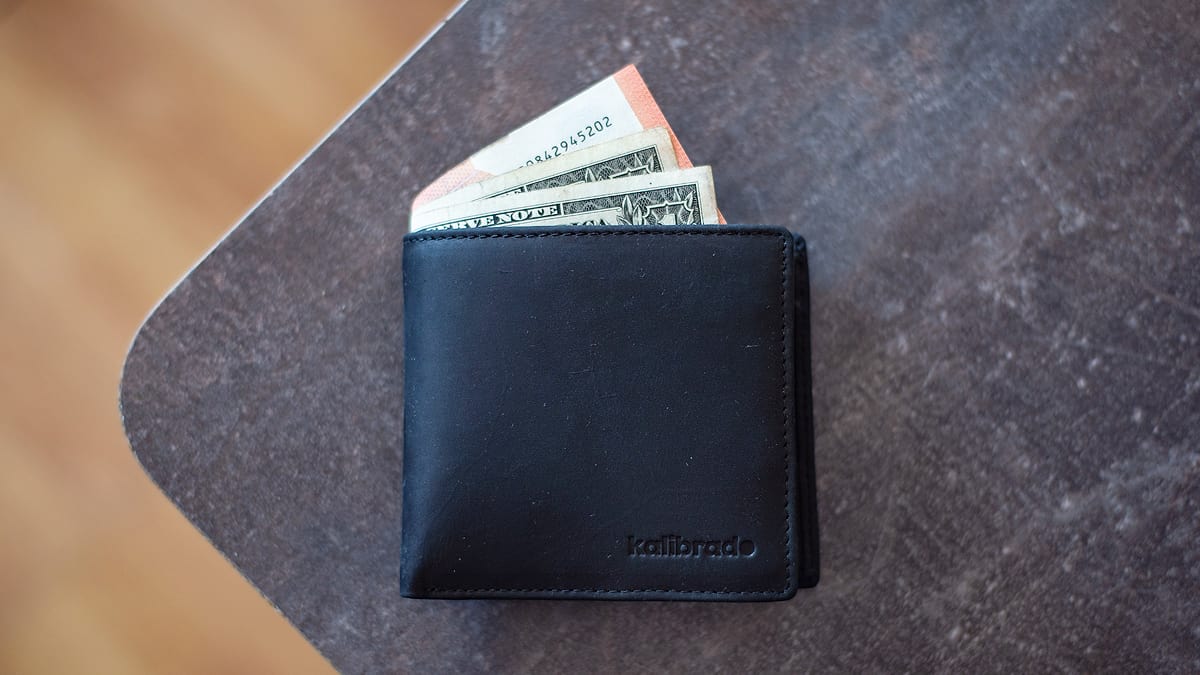Will Drug Prices Go Up in 2020?
high drug prices

Death and taxes may be the only two certainties in life according to the old saying, but for American consumers, another certainty is an annual spike in prescription drug costs. In the first week of 2020 alone, some of the biggest drug manufacturers raised the prices of dozens of prescription medications by an average of 5% from the previous year.
If 5% seems like a relatively modest sum, consider the fact that not only are prescription drug prices already drastically inflated in the United States compared to what they cost in Canadian pharmacies, but prices have been steadily climbing for several years.
For the millions of Americans already struggling to afford the medications they need, even a “modest” price increase of a few percentage points can result in hundreds or thousands of dollars more a year, effectively putting them out of reach for many people. More and more, Americans are faced with making difficult sacrifices in order to pay for their medication.
Which Medications will be More Expensive in 2020?
Hundreds of medications have already incurred price hikes at the start of the year, and unfortunately consumers can most likely expect prices to continue to rise throughout the year. In fact, some of the most commonly prescribed drugs in the United States have already seen price hikes of anywhere from 5% to as high as 29%.
Just a month into 2020, the following drugs are already more expensive in the United States:
That’s just a fraction of the medications that have already become more expensive in the first few weeks of 2020, and prices will most likely continue to go up for everything from cancer drugs to antidepressants throughout the year.
So far, no significant action has been taken by government and prices continue to climb, even on life saving drugs used to treat cancer and other serious illnesses.

The Hidden Costs of Prescription Drug Price Hikes
On the surface, even the smallest price increase may not seem like a big problem. Free market and for-profit healthcare advocates often make the (misleading) claim that price increases keep prescription drugs competitive and available, and are necessary to support the massive research and development budgets that are necessary to test, manufacture, and introduce new medications and therapies to the marketplace.
However, prescription drugs are already much more expensive in the United States than in other developed countries, especially for the millions of Americans living with no or limited health insurance. But even health insurance coverage is not a guarantee of affordability. Many people with insurance still struggle to cover the co-pays, deductibles, and additional out of pocket expenses that Americans constantly face.
Some of the factors that make yearly price increases on prescription drugs especially painful for consumers:
-
Average Price Increases are at Least Double the Inflation Rate
The current inflation rate in the United States is 2.3%. Even a "modest" price increase on the lower end of the spectrum at 6% is still an eye-popping three times the inflation rate for the same exact product.
-
Prices Increase Annually, Compounding "Minor" Increases
Pharmaceutical companies have steadily increased the cost of hundreds of medications every year for the past decade. While growing public outcry and government scrutiny over runaway drug prices has possibly caused some pharmaceutical companies to exercise some restraint in rolling out price hikes for 2020, consumers are asked to pay more and more every year for the same medications.
This is especially problematic for people on fixed incomes like senior citizens, and low-income families with budgets that are already overstretched.
-
The Same Drugs Are Much Cheaper Virtually Everywhere Else
In Canada, consumers don’t have to worry about steep price hikes with each new year. Canadian pharmacies offer affordable and fairly priced medications because unlike in the United States, the Canadian government can regulate and negotiate prices with pharmaceutical companies, where prices are controlled to avoid the price gouging that occurs in the United States.
-
People with Chronic Illnesses and Long-term Medication Are Especially Burdened by Relentless Price Hikes
For the millions of Americans living with chronic conditions, price increases can be especially tough to absorb. With no end in sight to the pharmaceutical industry’s ability to raise prices on medications as they see fit, Americans can continue to expect to pay higher prices for the same medications in 2020 and every year for the foreseeable future.
Factors That Affect Drug Price Increases for American Consumers
The American prescription drug and medication market is unique in that it operates with little to no limits to what drug companies can charge for even the most basic medications. In Canada and the European Union for example, where most citizens are guaranteed access to comprehensive public healthcare, the government typically negotiates prices and establishes limits on how much pharmaceutical companies can charge for their products.
In addition to an unregulated market that operates like the wild west and is free to charge whatever prices the market is willing to bear, pharmaceutical companies also enjoy monopoly-like conditions in the United States due to an opaque and (some might argue) unfair patent system.
Some of the factors that keep prescription medications more expensive in the United States than everywhere else in the world:
- Patent protections stifle competition and delay access to cheaper generic drugs for years or even decades in some cases
- Deep-pocketed pharmaceutical companies have an unfair advantage and market dominance with more expensive brand name medications
- The government can’t negotiate for fairer prices

Politics and Prescription Drug Prices
There are a number of rampant myths and misconceptions about Canadian pharmacies and the healthcare system in general. Despite the fact that Americans are paying exponentially more than Canadian consumers for the same medications, notions about "socialized medicine" and "lack of choice" continue to permeate the debate over how to make medication more affordable for the people who need it.
In Canada, keeping prescription drugs accessible and affordable for everyone is possible because healthcare isn't operated or viewed exclusively as a profit-making industry as it is in the United States. It is viewed as both a business and a public service.
Politicians from both major political parties have been paying more lip service lately to the problem of out of control drug prices, but without meaningful reform and regulations to keep drug prices from soaring uncontrollably every year, there is virtually no reason for pharmaceutical companies to cut into their profits and make drugs cheaper for American consumers. Simply put, pharmaceutical companies continue to raise drug prices in the United States because they can.
In Canada, prescription drug prices are guided and regulated by the government in order to keep them affordable and to protect Canadian consumers from price gouging. In the United States, prescription drug prices and healthcare costs in general are dictated by the demands of Wall Street and "the market".
The Savings Haven’t Trickled Down to the Consumer
While most people with some form of insurance don't usually pay the list price for their medications, the insurance companies usually find ways to indirectly pass the costs back to the consumer, either by increasing co-pays and premiums, by raising deductibles, or by limiting or dropping coverage of certain medications altogether.
Even when research and development costs are factored in, pharmaceutical companies continue to enjoy record profits in the United States. According to industry data, pharmaceutical companies take over 60% of healthcare industry profits in the United States. While there has been some pressure in light of the push for more regulation and price controls, Americans can most likely expect more price hikes throughout the year.
In short, medications are big business in America, and despite the backlash over the punishing costs faced by vulnerable consumers, pharma executives are typically rewarded for bringing in profits on the backs of their customers through predatory price hikes on the medications people rely on in the short and long term.
More and More Americans Are Buying Prescriptions From Canadian Pharmacies
Political and ideological differences about healthcare and prescription drug coverage aside, more and more Americans are turning to Canada to access the medicine they need at prices they can afford. Canada has strict drug safety protocols in place, so American consumers can trust that they’re getting the same quality medications they’d normally buy at home, but at much more affordable prices.
While some Americans physically cross the border to shop at Canadian pharmacies in person, shopping online is easier and more accessible for the people that can’t afford to take time off from work or the other expenses involved in traveling to Canada. That’s where online pharmacies come in. Ordering prescription drugs online from a reputable Canadian pharmacy may help you access the medication you need. Through NorthWestPharmacy.com, you also get access to prescription drugs from around the world which are often priced better than they are in Canada.
How Much More Expensive Will Prescription Drugs Get in 2020?
Most of the major pharmaceutical giants announced a number of price increases throughout the month of January, despite ongoing consumer outrage and increased calls for healthcare overhauls. However, without meaningful policy changes or legislation to curb price hikes, there is little reason to believe that consumers have seen the last of the price increases for 2020.
If 2019 is any indication, Americans should expect much more in the months to come. According to industry data, 2019 was a record year for surging prescription drug costs. Pharmaceutical companies raised the prices on as many 3,400 drugs at an average of 10.5%, which was five times the rate of inflation.
That was a 17% increase over the number of drugs that saw price increases in the previous year. If the January 2020 numbers are any indication, it would seem that the trajectory for prescription drug price increases in 2020 are on track to match or even surpass the previous year.
Unpredictable Price Hikes
Most American consumers are virtually powerless in the face of pharmaceutical industry greed. While the average rate of increase is around 10%, it’s not uncommon for some companies to double or even triple the costs of some medications with little to no justification. In some cases, the price for common drugs like Prozac has surged over 800% in just a few years. Even lifesaving drugs like insulin, which has nearly doubled or tripled in price in recent years, are not spared from the merciless profit seeking of pharmaceutical companies in the United States.
Until meaningful steps are taken to help reign in prescription drug costs in the United States, American consumers can expect prices to continue to surge for the foreseeable future.
Canadian Pharmacies: Helping Americans Get Their Medication Without Breaking the Bank
Buying medication, especially for chronic and serious conditions like asthma or high blood pressure, shouldn’t be a financial burden or a cause of stress and anxiety. We help American consumers access many of the medications they need at fair and affordable prices.
For more information about our products and services, contact us online or call our toll free number 1-866-539-5330 to learn more. Our customer service agents are available to answer your questions and concerns about buying your medication from a Canadian pharmacy and international drugstore.